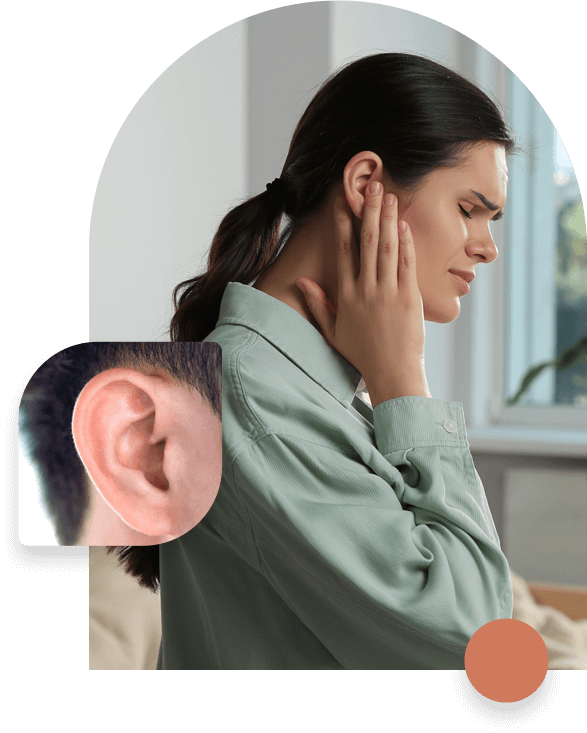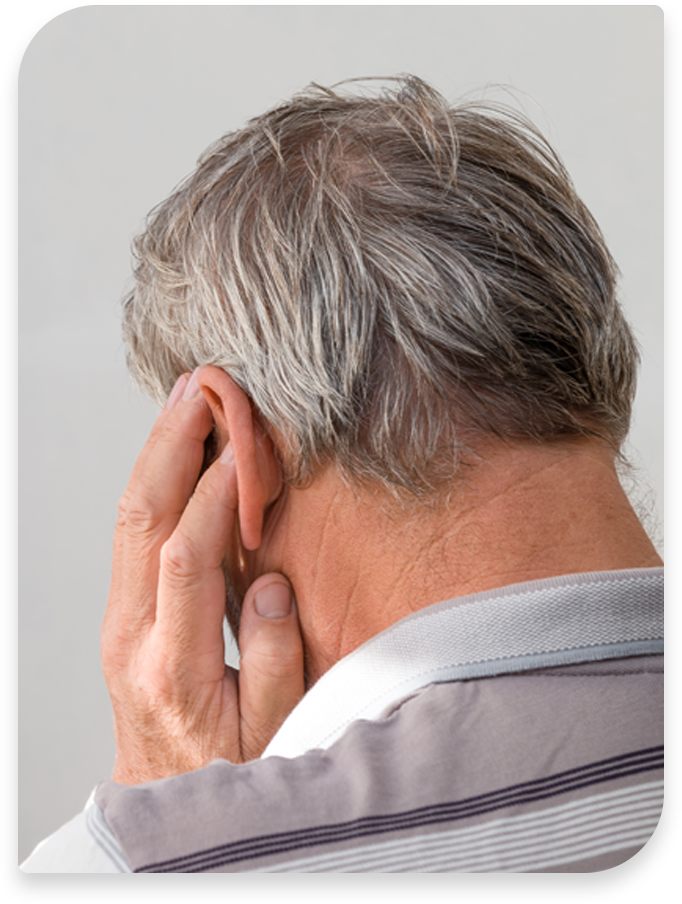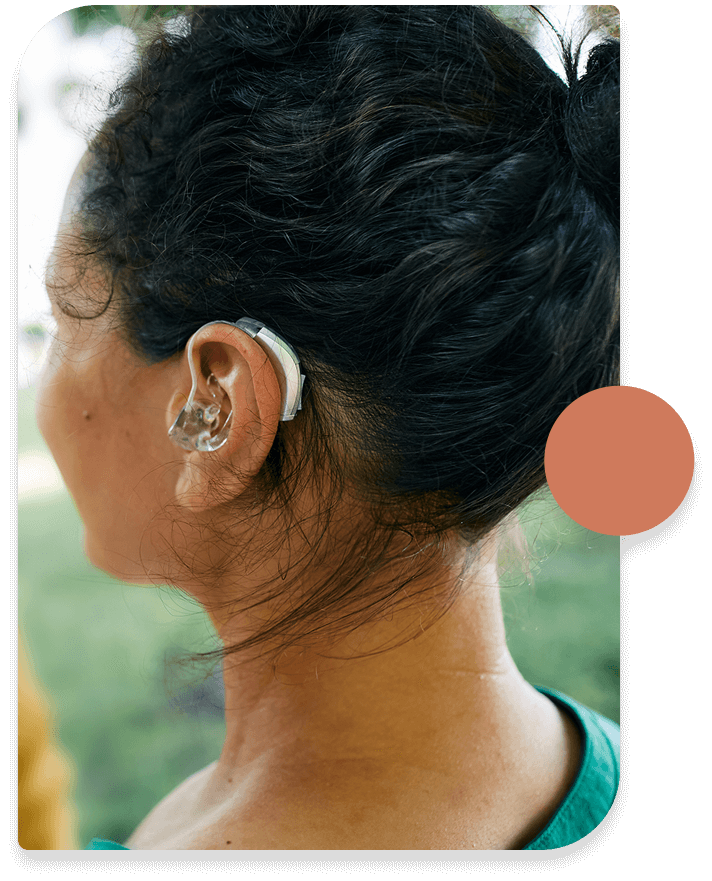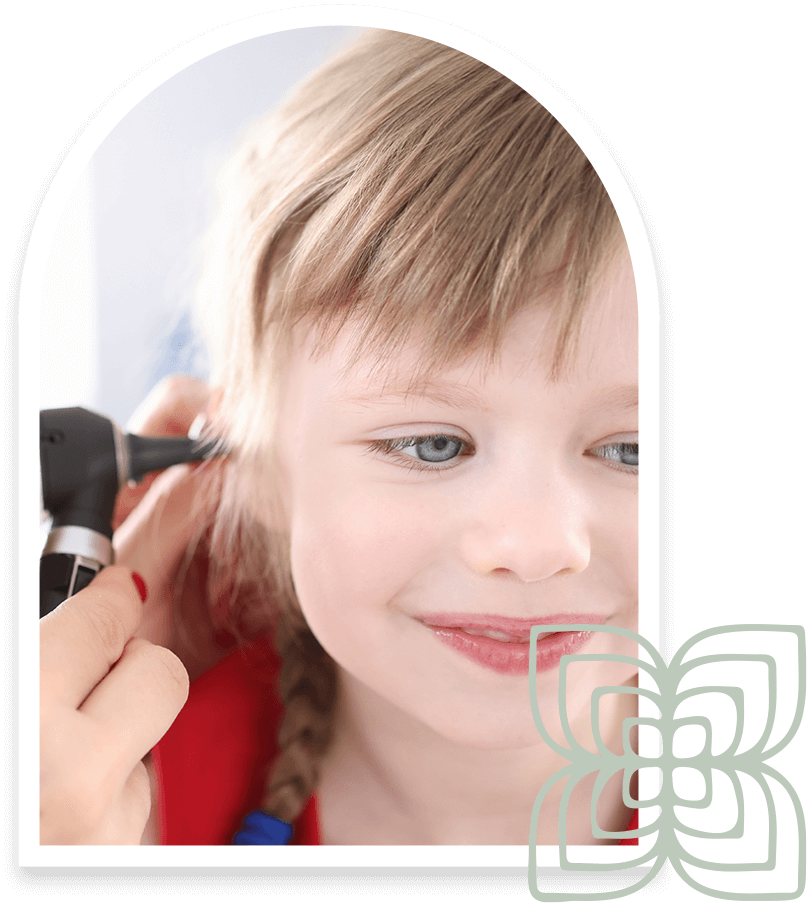GP Ear Wax Removal with Ear Irrigation
If you are struggling to hear clearly or feel a blockage in your ears, ear wax build-up might be the issue. Ear wax acts as a vital protective barrier for the ear, trapping dirt and debris, but excessive buildup can cause problems like hearing loss and infections. Your GP can assist with techniques to remove ear wax such as ear irrigation to alleviate discomfort. Professional ear wax removal by GPs can safely extract wax without damaging the ear canal.

Understanding ear wax
Ear wax, also known as cerumen, is an essential component of our ear's natural defense system. Produced by tiny glands in the ear canal, ear wax forms a protective film over the skin of the external auditory canal. This natural substance is composed of a mixture of secretions from sebaceous glands, sweat glands, and dead skin cells. Its primary function is to trap dirt, bacteria, and other foreign bodies, preventing them from reaching the delicate inner structures of the ear.
As ear wax builds, it gradually moves towards the outer ear, carrying with it any trapped debris. This process is facilitated by the natural movements of the jaw, such as chewing and talking. Once the wax reaches the outer part of the ear, it usually dries up and falls out or is easily wiped away during regular ear cleaning. This self-regulating mechanism ensures that the ear canals remain clear and healthy without the need for frequent manual intervention.
Ear wax is not a sign of poor hygiene, it’s an essential part of a normally functioning ear. However, issues arise when this natural process is disrupted, leading to ear wax buildup. Factors such as the use of ear plugs, earphones, or hearing aids can interfere with the natural expulsion of ear wax, causing it to accumulate. Therefore, while ear wax plays a vital role in ear health, maintaining a balance is key to preventing problems.
When ear wax becomes a problem
Despite ear wax’s vital role in safeguarding our ears, it can sometimes become a problem. Excessive ear wax buildup can lead to significant hearing loss and general discomfort in the ear. This situation often occurs when the ear’s natural cleaning process is disrupted, causing wax to accumulate and harden.
When ear wax hardens, it can cause a range of symptoms that interfere with daily life. These symptoms occur because the accumulated wax blocks the ear canal, preventing sound from reaching the eardrum and causing discomfort.
Common indicators of impacted ear wax include:
- Persistent earaches
- Itching in the ear canal
- A sensation of fullness in the ear
- Tinnitus (ringing in the ears)
- Dizziness
- Odour
- Recurrent ear infections
These signs suggest that the ear wax has not only accumulated but may also be causing an ear infection or inflammation. If you experience any of these symptoms, it is advisable to consult a healthcare professional who can assess the situation and recommend appropriate ear wax removal services.
Specialised solutions, ear irrigation, or direct extraction performed by your GP are often required to remove stubborn wax safely. These procedures ensure that the delicate structures of the ear are not damaged during the earwax removal process.

GP ear wax removal services
General practitioners (GPs) offer a range of services to address this issue. One common method used by GPs is ear irrigation, which involves flushing the ear canal with warm water to dislodge and remove the wax.
In certain cases, more specialised tools and techniques are required. For instance, GPs may use curettes, loops, or forceps to carefully remove impacted wax or foreign bodies from the ear. The choice of method depends on the condition of the ear and the nature of the wax buildup.
One of the advantages of seeking professional help is the possibility of same-day appointments for ear wax removal, provided it is medically safe. This means you can get relief from discomfort without having to wait long periods. However, in some cases where the wax is particularly hard or impacted, a second appointment may be necessary to ensure complete removal.
Caring for your ears post-removal
Following successful wax removal, it becomes necessary to care for your ears to avoid infections and other complications. The ear canal is particularly vulnerable post-removal until new protective wax forms. During this phase, keeping your ears dry and refraining from inserting any objects like cotton buds or ear plugs into your ear canal is vital to prevent bacterial infections.
If you experience any post-removal symptoms such as:
- pain
- dizziness
- reduced hearing
- discharge
It is important to seek medical advice promptly. These symptoms could indicate an underlying issue that needs to be addressed. Following your GP’s aftercare instructions and monitoring your ear health will help ensure a smooth recovery and prevent any further problems.
Ear wax removal for hearing aid users
Hearing aid users face unique challenges when it comes to ear wax buildup. The presence of hearing devices can block the natural migration of ear wax, leading to accumulation and potential impaction. To avert this, hearing aid users must ensure to clean their devices regularly and replace wax guards following the manufacturer’s instructions. This maintenance routine helps to ensure that the hearing aids function properly and do not contribute to ear wax problems.
Healthcare professionals recommend that individuals with hearing aids:
- Get their ear wax checked and removed if necessary, usually every three to six months
- Regular check-ups help to identify any buildup early and allow for timely intervention
- Use proper ear cleaning techniques and avoid inserting objects into the ear canal to minimise the risk of wax accumulation and impaction.
In case of significant ear wax buildup, hearing aid users should seek professional ear wax removal services. Methods such as ear irrigation or microsuction are effective in removing wax without damaging the hearing aids or the ear canal. By staying proactive about ear care and following professional advice, hearing aid users can maintain optimal ear health and enjoy clear hearing.


Ear wax removal for hearing aid users
Hearing aid users face unique challenges when it comes to ear wax buildup. The presence of hearing devices can block the natural migration of ear wax, leading to accumulation and potential impaction. To avert this, hearing aid users must ensure to clean their devices regularly and replace wax guards following the manufacturer’s instructions. This maintenance routine helps to ensure that the hearing aids function properly and do not contribute to ear wax problems.
Healthcare professionals recommend that individuals with hearing aids:
- Get their ear wax checked and removed if necessary, usually every three to six months
- Regular check-ups help to identify any buildup early and allow for timely intervention
- Use proper ear cleaning techniques and avoid inserting objects into the ear canal to minimise the risk of wax accumulation and impaction.
In case of significant ear wax buildup, hearing aid users should seek professional ear wax removal services. Methods such as ear irrigation or microsuction are effective in removing wax without damaging the hearing aids or the ear canal. By staying proactive about ear care and following professional advice, hearing aid users can maintain optimal ear health and enjoy clear hearing.
Frequently Asked Questions
Ready to book your appointment?
Your GP will take the time to listen and won't rush you out the door.


